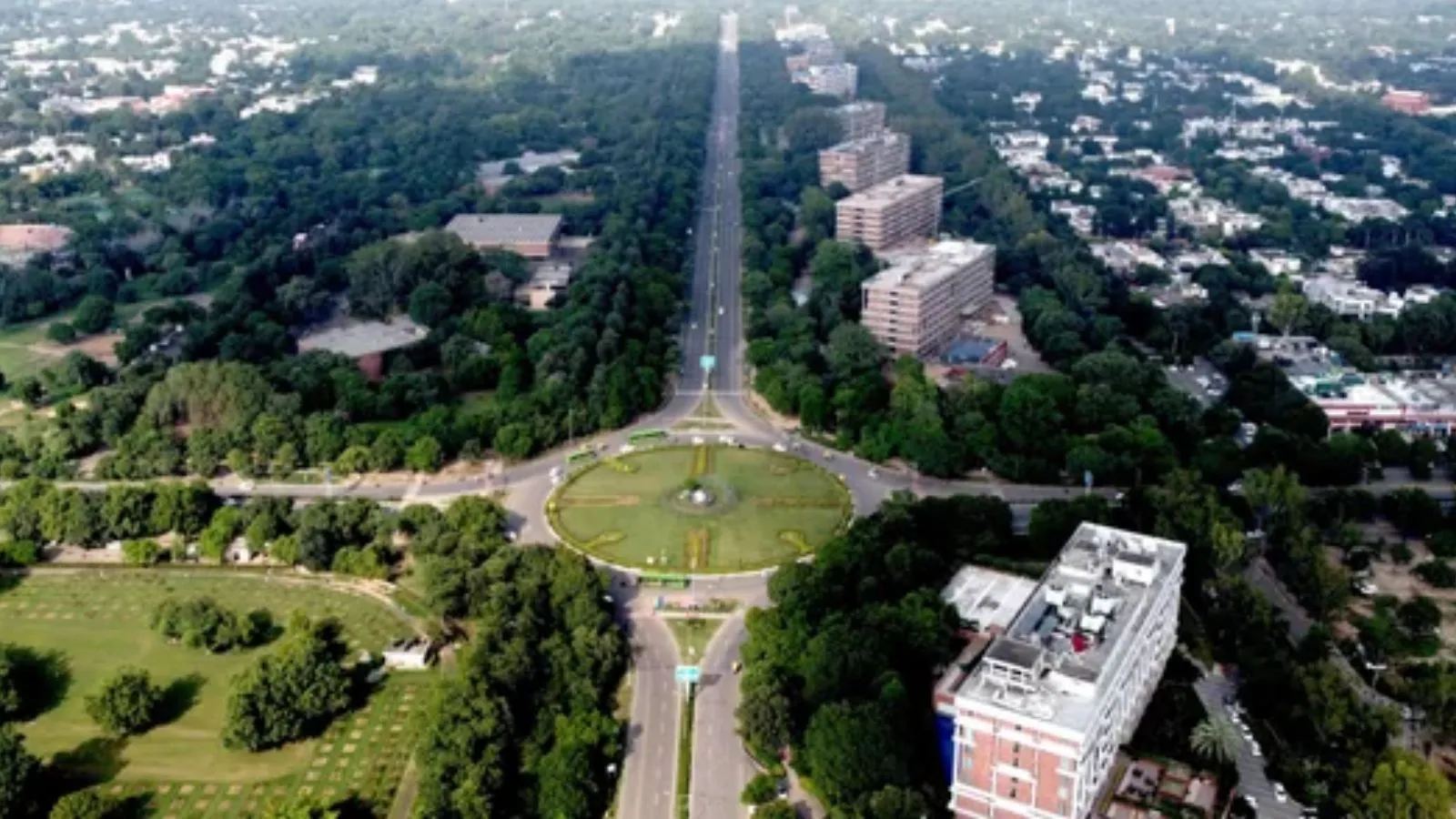Recently, my wife Usha and I embarked on a swift trip from our home in Chandigarh to Mumbai via a short flight, only to return within a mere 28 hours due to a scheduled meeting. This brought back memories of the late 1950s when I relied on train travel, journeying from Howrah (Calcutta) with a stop at Delhi station, just to arrive in Chandigarh by the stroke of midnight. Not long after, around 1960, Usha, I and our two-year-old son Yasho, undertook a drive in our trusty ambassador car from Delhi to Chandigarh, back when the Zirakpur highway was flanked by only two modest tea stalls.
During those formative years, making Chandigarh a prominent city on India’s airways map was a significant endeavor. Back then, air travel was sparse, limited to a solitary DC-Dakota flight by Indian Airlines, operating just once a week. Unforeseen circumstances like aircraft unavailability or inclement weather often led to flight cancellations, prompting passengers to charter buses. Over time, the aviation landscape evolved, with the introduction of newer planes like the British Aerospace 146/Avro, Fokker F27, and Dornier 228, recognizable by their twin propellers and DC Dakota jet engine-like features.
The recently inaugurated Shaheed Bhagat Singh International Airport now boasts eight aerobridges, connecting the city to various destinations across India and the Middle East. The hope is for expanded connectivity to Europe, North America, and Southeast Asia in the future.
In 1961, when we established Groz-Beckert Saboo Private Limited, our factory boasted only two telephone connections—one at the factory office and the other at my residence in Sector 4, Chandigarh. Soon, we sought connections for the German director’s residence and the guest house housing German technicians. Through a fortuitous connection with the director general of telephone communication within the central government, facilitated by my father-in-law, we swiftly obtained the required additional connections. We made rapid progress in our other factory, Kamla Dials in Parwanoo as well.

Telecommunications played a pivotal role in my life, especially when I served as Rotary International President. During that tenure, living temporarily in Condo while working at the Evanston office, I primarily relied on telefax for international document exchange. Usha, ever resourceful, compiled elaborate 24-page vegetarian menus wherever we traveled. Now we have seamless communication facilitated by hi-speed Internet and other advanced channels.
The evolution of travel infrastructure also bears noting, tracing the timeline from the inauguration of rail lines in the late 1800s to the electrification of various sectors in the late 20th century. Notably, the introduction of the Shatabdi in 2013 significantly reduced travel time between Chandigarh and Delhi to a mere 3.5 hours, fostering encounters with remarkable individuals like former army chief Gen VP Malik and fostering new friendships within executive coach social groups. The growth of Chandigarh’s airport, from an amalgamation of Air Force and civil flights, to a dedicated civil airport with amenities such as a lounge, where interactions with luminaries like Milkha Singh and Gen. Malik became commonplace. Over time, the airport expanded, welcoming domestic flights from carriers like Air India, Indigo, and Vistara, eventually inaugurating its first international flight to Dubai in 2016.
The transformation of Zirakpur to a bustling town with international hotel chains, and expansive malls has been astonishing. Travel times have reduced significantly, with journeys to and from Gurugram and Pilani now taking a mere five hours, a stark contrast to earlier travel time that was twice as long. The accessibility to destinations like Amritsar, Jammu, or Himachal Pradesh via improved roads and flights has further revolutionized travel dynamics in the region.
Today, Chandigarh, the capital of Punjab and Haryana, forms an integral part of the Tricity along with Mohali and Panchkula. The city’s design revolves around four central functions: living, working, nurturing the body and spirit, and circulation. As cities expand, it’s crucial to leverage their strengths to foster innovation and enterprise. Looking ahead to 2047, Chandigarh is diligently planning thematic visions encompassing urban infrastructure, transport, environment, education, health, social protection, and safety to ensure a sustainable and inclusive future.
Digital governance will expedite public service delivery, enhancing efficiency and decision-making. It’s my very fond hope that our future generations will continue to blossom and flourish in this enchanting city, conceived by our first Prime Minister Jawaharlal Nehru and meticulously crafted by the visionary Swiss architect Le Corbusier.
(The writer, an industrialist and philanthropist, is former world president of Rotary International)

